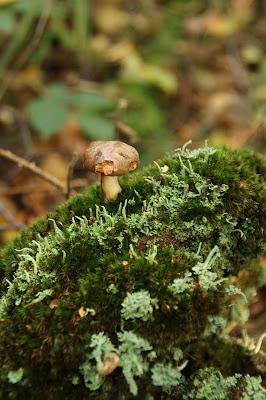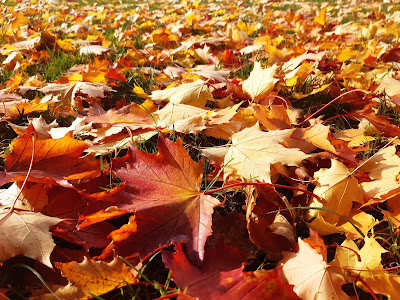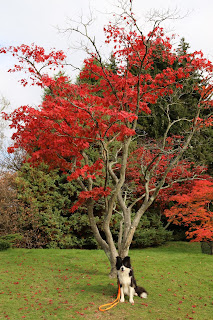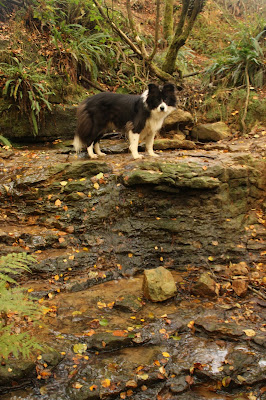We have arrived at the end of October with wet and windy weather here. It has still been quite mild and sadly another toad was killed near our house last night but I didn't think that you would want to see a photo so I shall stick with the fungi which have also flourished.
Obviously there are still many Fly agarics. It is obvious where the idea of fairy rings comes from as the spores spread concentrically and new toadstools pop up in a circle.
There are not perhaps the range or quantity of fungi that we have seen in the past, but it is impossible to go for a walk here and not see Honey fungus, Boletes, Sulphur tufts or Brown roll rims.
Slightly different fungi from today include Earthballs:
Puffballs (the top open where the spores are released as rain falls on them)
and Candle snuff fungus.
But the most interesting thing for me was a swarm of gnat type flies as I looked at a simple Boletus. I have always said that I wouldn't eat fungi from the wild as they often seem to be infested with maggots. This was a fairly fresh specimen and I assume that the swarm were egg laying. It appears from further research that fungi gnats are a problem and that a high proportion of fungi are contaminated with maggots. I was so surprised that there was only one fly left by the time I took a photo.
























































